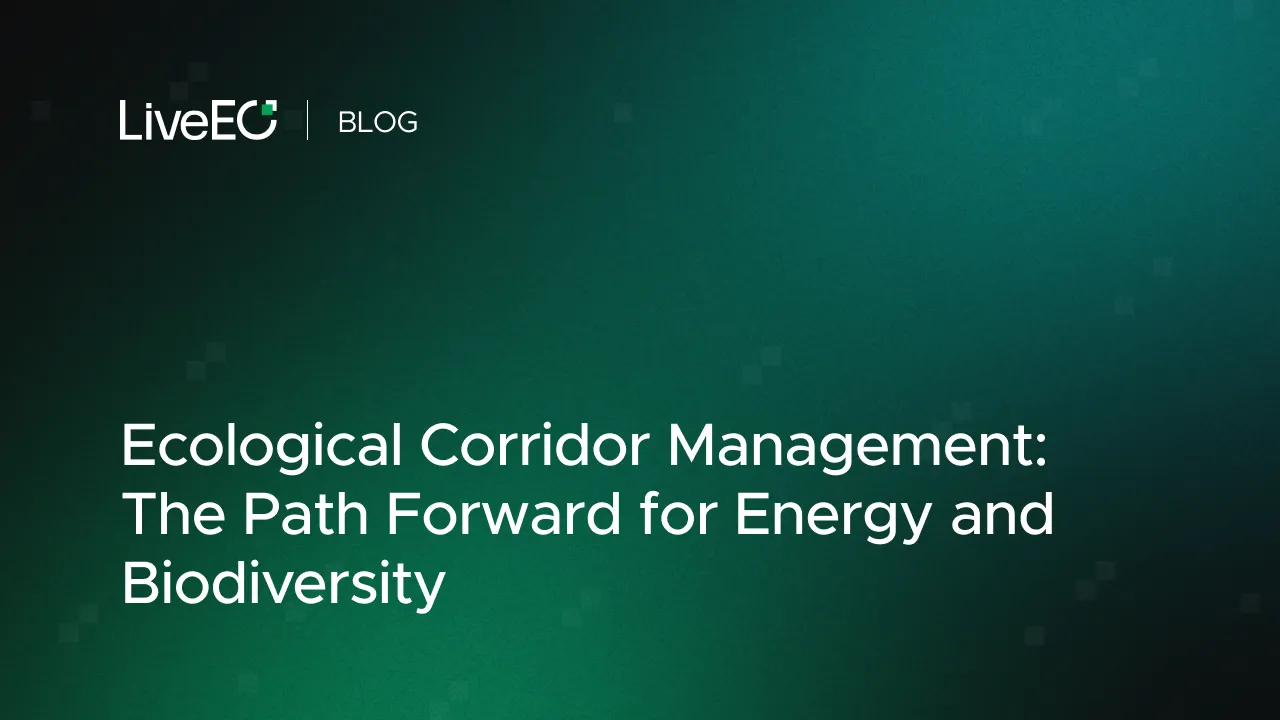Precision in Vegetation Risk Analysis: LiveEO's Approach with LiDAR and Satellite Data for an Australian Utility
Challenge
A large Australian utility company sought LiveEO’s expertise to address their vegetation management challenges, which included the daunting task of monitoring potential vegetation risks across their expansive network, a significant portion of which is situated in remote and sparsely-populated areas.
For the analysis, LiveEO initially used traditional photogrammetric methods with classical algorithms for height estimation. However, the unique characteristics of Australian vegetation, particularly eucalyptus trees with sparse canopies and smaller leaves, presented difficulties for classical stereo-matching algorithms. As a result, only a mere 5% to 10% of tree canopies could be reconstructed appropriately, rendering them unsuitable for the accurate risk assessment the customer required.
LiveEO’s game-changing solution: Deep learning models using LiDAR and satellite data
Deep learning algorithms have the capability of accurately reconstructing 3D structures of vegetation, making it highly effective for monitoring and managing vegetation risks. Despite its immense potential, it requires vast amounts of data and extensive training to solve complex problems.
To provide training data for the deep learning algorithms, LiveEO combined LiDAR data with stereo satellite imagery taken at similar times. The goal was to achieve the precision of LiDAR while leveraging the cost-effectiveness and scalability of satellite imagery. Creating a substantial database of satellite images as inputs and LiDAR-derived DSMs as targets, LiveEO trained cutting-edge deep learning models to produce higher-quality DSMs.
Transformative results
After extensive data collection and model training, the results were remarkable. The deep learning-based approach vastly outperformed traditional algorithms, accurately reconstructing nearly all trees and closely matching LiDAR-derived heights. This implies that accurate height estimation can be performed at a fraction of the cost of additional LiDAR overflights.
Thisgroundbreaking technology empowers LiveEO to create precise vegetation height models globally, regardless of location or scale. With deep learning's ability to understand images in a more meaningful way, LiveEO now offers an even more powerful solution for vegetation risk assessment, enhancing safety and reliability across the utility company's infrastructure network, as well as enabling companies to get the most out of their existing LiDAR data.
Realizing Value: Advantages of LiDAR and Satellite Data Fusion
The synergy between LiDAR and satellite technology offers a powerful solution, where the strengths of each complement the weaknesses of the other, providing a host of benefits.
{{inline}}
Accuracy meets efficiency
LiDAR's precision in identifying vegetation risks near power lines is unmatched. However, it presents challenges in terms of scalability. Satellite imagery effectively complements LiDAR by filling in the gaps between its scans, ensuring comprehensive coverage with efficiency.
Cost-effectiveness
The deployment and maintenance costs of LiDAR, particularly over expansive areas, can be prohibitive. Satellite imagery offers a cost-effective solution, providing consistent and timely data without the need for extensive fieldwork.
Grid reliability
The accurate and timely information provided by these technologies allows utilities to implement preventative measures, minimizing downtime and improving overall grid resilience. This proactive approach to vegetation management contributes to a more reliable and resilient power distribution network.
Sustainability
By leveraging these technologies, utilities can adopt a more environment-friendly approach, minimizing the ecological impact of vegetation management activities. The precise data allows for targeted interventions, reducing the need for widespread herbicide use and minimizing disruption to natural ecosystems, aligning with sustainable practices and environmental conservation goals.
Ready to unlock the power of combining LiDAR and satellite data? Click here to discover how we can assist you!







